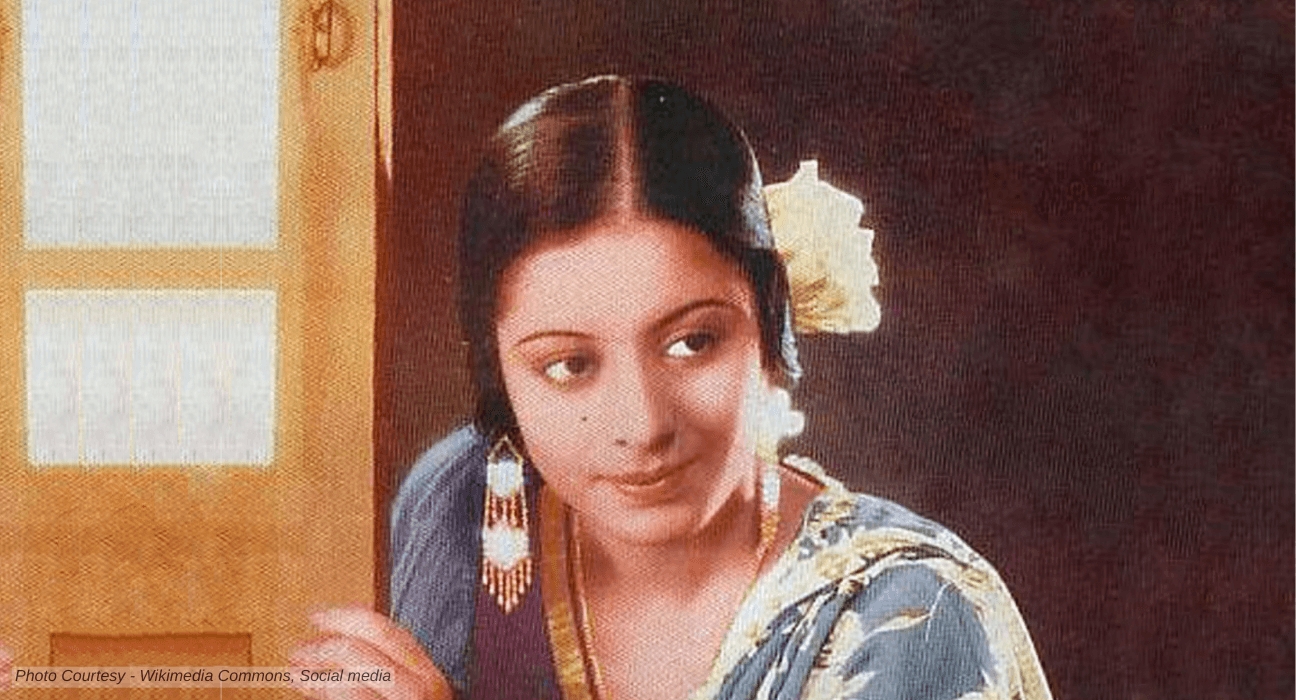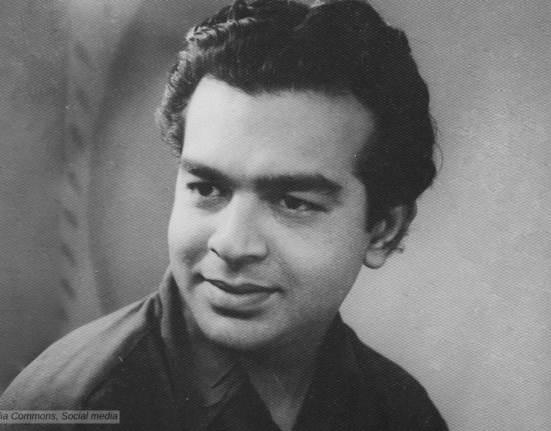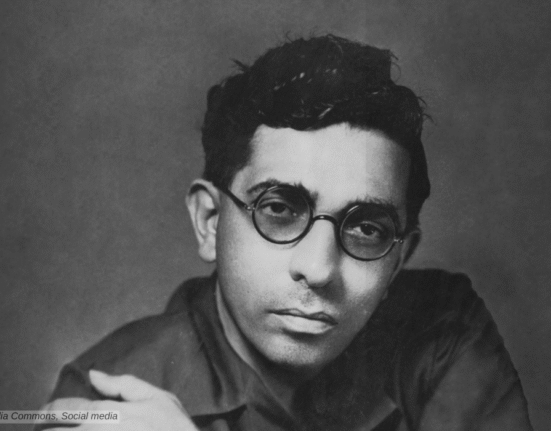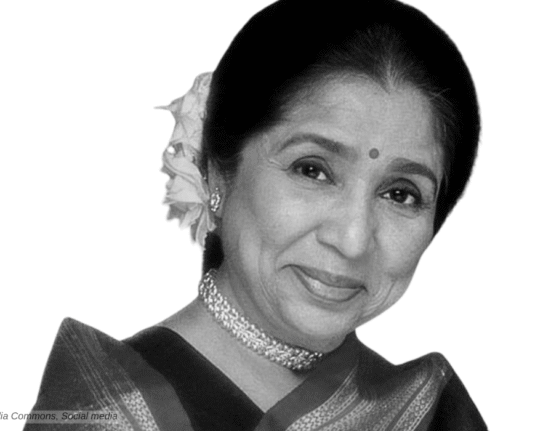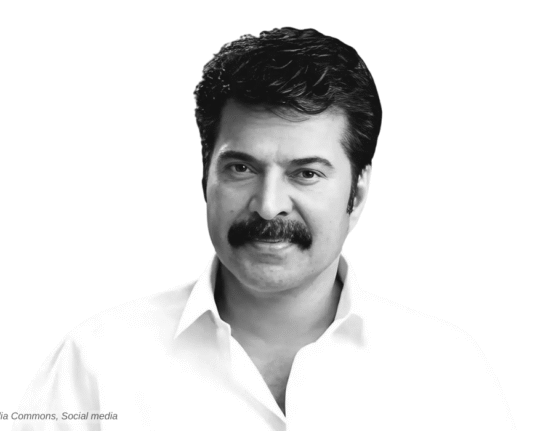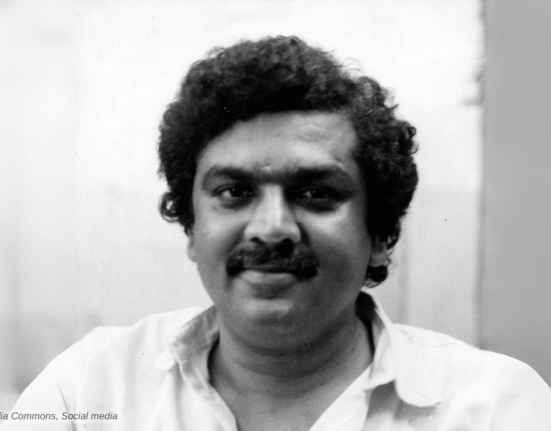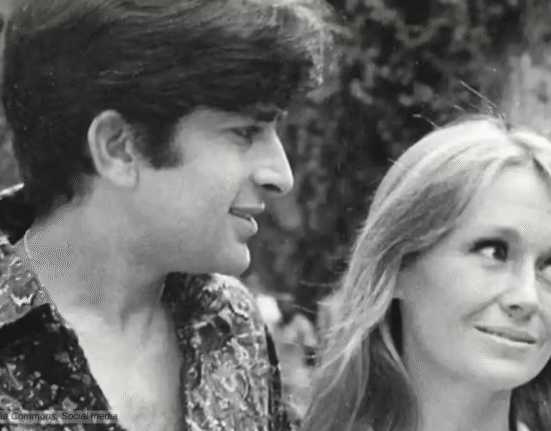Kanan Devi was among the early singing stars of Indian cinema and is credited popularly as the first superstar who came from Bengali cinema. Some of her notable films include “Vidyapati (1937),” “Mukti (1937),” “Sapera (1939),” “Street Singer (1939),” “Jawab (1942),” “Hospital (1943),” “Banphool (1945), and “Rajlakshmi (1946).”
Early Life and Career
Kanan Devi was born on April 22, 1916, in Howrah, Bengal. Not much is known about her family and biological parents. The media reports and film historians tell us that she lost her parents very early in life. After that she was brought up by her adoptive parents, Ratan Chandra Das and Rajobala. Ratan Chandra Das, too, died when Kanan was very young, leaving Kanan and Rajobala on their own.
Kanan Devi – The Singing Star
At the age of ten, a family friend, Tulsi Banerji, introduced her to Madan Theatres. The meeting leads to her casting as a child artist in Jyotish Bannerjee’s “Joydev (1926).” She went on to do a few more films with Madan Theatre, like Rishir Prem (1931), Vishnu Maya (1932), and Prahlad (1932).

She joined Radha Films in 1933 and appeared in films like Sree Gouranga (1933), Char Darvesh (1933), Maa (1934), Kanthahar (1935), Krishna Sudama (1936), and Bishabriksha (1936).
Her association with New Theatres began in 1937 with Debaki Bose’s biligual “Vidyapati,” which also starred Prithviraj Kapoor, Chhaya Devi, and Pahari Sanyal. Kanan Devi sang two songs in the films “Ambuvaa Ki Daali Daali Jhum Rahi Hai Aali” and “Dole Hriday Ki Naiya.”
The Super Star
She went on to do PC Barua’s “Mukti (1937)” and “Sapera (1939),” Phani Majumdar’s “Sathi (Bengali)” and its Hindi version “Street Singer” with KL Saigal in 1939, Hemchandra Chunder’s “Jawani-Ki-Reet (1940)” and its Bengali version “Parajay (1940),” Amar Mullick’s “Abhinetri (1940),” and its Hindi version “Haar Jeet (1940),” Nitin Bose’s “Parichay (1941)” and its Hindi remake “Lagan,” and PC Baruas bilungual “Shesh Uttar (Jawab in Hindi)” in 1942.
Kanan joined MP Productions in 1942, where her first film was PC Barua’s bilungual “Shesh Uttar (Jawab in Hindi).” The film was a big hit, and her song “Duniya Yeh Duniya, Hai Toofan Mail” became a rage. Other notable films with MP productions were Hospital (1943), Banphool (1945), Rajlakshmi (1946), and Chandrashekhar (1948) with Ashok Kumar.
The Star Singer
An amateur singer at the onset of her career, Kanan Devi went on to receive formal training in classical music from Ustad Allah Rakha, the legendary tabla player and father of Ustad Zakir Hussain. She also learned Rabindra Sangeet from Anadi Dastidar, Kirtan from Dhirendra Mitra, and Nazrul Geeti from the legendary Kazi Nazrul Islam.
However, it was under the tutelage of R.C. Boral, the father of Indian film music at New Theatres, that her singing truly flourished. She masters various forms of light and semi-classical music, including the intricate ghazal style. Kanan Devi’s singing style was a blend of tradition and innovation, a bridge between the classical and the contemporary. This unique quality made her the first melody queen of Indian cinema.


Some of her most popular songs include “Aj Sobar Ronge Rong Meshate (Mukti),” “Dekhat Hai Ab Baat (Vidyapati),” O Kali Matwali (Rajlakshmi),” “Ae ronewaale hansne ke din door nahin hain (Hospital),” “Suqun Dil Ko Mayassar,” “Lachhami Murat Daras Dikhaaye” (Street Singer),” “Tum Bin Kaal Na Aaye Mohe (Lagan),” “Sapno Mein Koi Aata Hai (Sapera),” “Aami Banaphool Go (Shesh Uttar),” and many more.
Later Work
She finally set up her own production in 1949. Her first film as a producer was Binoy Chatterjee and Ajoy Kar’s Ananya (1949). She then made films like “Darpachurna” (1952), “Naba Bidhan” (1954), “Debatra” (1955), “Asha” (1956), and “Indranath Srikanta O Annadadidi” (1959). Her last film as a producer was Haridas Bhattacharya’s Abhay O Srikantai (1965). The film, starring Mala Sinha, Bhanu Chaterjee, Gita Dey, Bankim Ghosh, and Tarun Kumar, was based on the novel of Saratchandra Chattopadhyay.
Personal Life and Legacy
Kanan devi first married Ashok Maitra. The union was both celebrated and scrutinised due to the conservative societal norms of the time. The marriage, was short-lived and ended in divorce in 1945. Despite the dissolution of their marriage, she maintained a dignified relationship with her former husband’s family, reflecting her graciousness and respect for personal ties.
After her divorce, Kanan Devi found love again and married Haridas Bhattacharjee around 1949. The couple had a son, Siddhartha Bhattacharjee.
Kanan Devi’s contribution to the world of entertainment was recognised with numerous accolades. She got an honorary degree from Vishwabharati and the prestigious Padma Shri in 1968. In 1976, she was gets the Dadasaheb Phalke Award, India’s highest award in cinema. A fitting tribute to her immense talent and her pioneering role in the Indian film industry.
Although Kanan Devi passed away on July 17, 1992, people still celebrate her contributions to Indian cinema. Her autobiography, “Sabaray Ami Nami,” offers an intimate look at her life and struggles, providing inspiration to many.
Kanan Devi on IMDB


